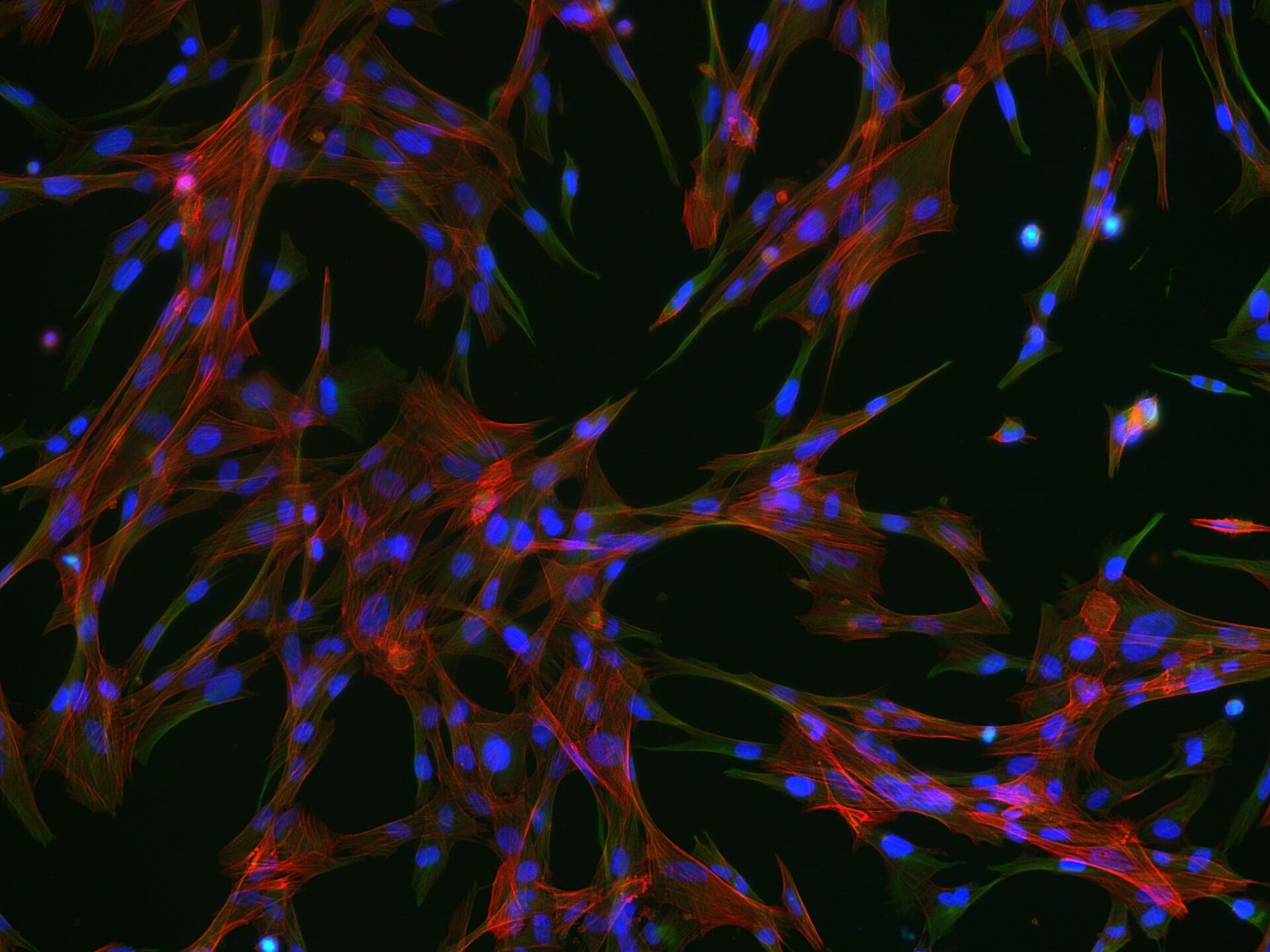Fake AI installers for ChatGPT and InVideo deliver ransomware and info-stealers via SEO scams and social ads, targeting businesses.
Cybersecurity researchers have taken the wraps off an unusual cyber attack that leveraged malware with corrupted DOS and PE headers, according to new findings from Fortinet.
The DOS (Disk Operating System) and PE (Portable Executable) headers are essential parts of a Windows PE file, providing information about the executable.
While the DOS header makes the executable file backward compatible with MS-DOS and allows it to be recognized as a valid executable by the operating system, the PE header contains the metadata and information necessary for Windows to load and execute the program.
DragonForce exploited three SimpleHelp CVEs to hijack an MSP’s RMM tool, steal data, and deploy ransomware on customer systems.
Threat actors linked to lesser-known ransomware and malware projects now use AI tools as lures to infect unsuspecting victims with malicious payloads.
This development follows a trend that has been growing since last year, starting with advanced threat actors using deepfake content generators to infect victims with malware.
These lures have become widely adopted by info-stealer malware operators and ransomware operations attempting to breach corporate networks.
Threat actors are abusing the ‘Google Apps Script’ development platform to host phishing pages that appear legitimate and steal login credentials.
This new trend was spotted by security researchers at Cofense, who warn that the fraudulent login window is “carefully designed to look like a legitimate login screen.”
“The attack uses an email masquerading as an invoice, containing a link to a webpage that uses Google Apps Script, a development platform integrated across Google’s suite of products,” Cofense explains.
A weakness in Apple’s Safari web browser allows threat actors to leverage the fullscreen browser-in-the-middle (BitM) technique to steal account credentials from unsuspecting users.
By abusing the Fullscreen API, which instructs any content on a webpage to enter the browser’s fullscreen viewing mode, hackers can exploit the shortcoming to make guardrails less visible on Chromium-based browsers and trick victims into typing sensitive data in an attacker-controlled window.
SquareX researchers observed an increase use of this type of malicious activity and say that such attacks are particularly dangerous for Safari users, as Apple’s browser fails to properly alert users when a browser window enters fullscreen mode.
The U.S. Treasury Department has sanctioned Funnull Technology, a Philippines-based company that supports hundreds of thousands of malicious websites behind cyber scams linked to over $200 million in losses for Americans.
Funnull facilitated virtual currency investment scams (also known as romance baiting and pig butchering) by buying IP addresses in bulk from various cloud service providers. The company sold these IP addresses and hosting services to cybercriminals, enabling them to host malicious websites.
Criminals behind pig butchering scams contact victims through dating sites, social media, and messaging apps, building trust and luring victims into fake investment schemes. However, instead of investing, the fraudsters divert it to accounts they control, stealing their money.
A new study, led by San Diego Zoo Wildlife Alliance, Smithsonian’s National Zoo & Conservation Biology Institute, and additional researchers, offers a unique lens for understanding the unprecedented extinction crisis of native Hawaiian forest birds.
Just 17 out of approximately 60 species of the iconic honeycreeper remain, most of which are facing rapid decline due to avian malaria. The findings, published in Current Biology, include new evidence that there is still time to save the critically endangered honeycreeper ‘akeke’e—but the window is rapidly closing.
“In a race against time to save the remaining honeycreepers, necessary insights about their survival are found in their genetic makeup,” said Christopher Kyriazis, Ph.D., lead author and postdoctoral researcher from San Diego Zoo Wildlife Alliance. “Our findings provide a new understanding of the last remaining individuals as recovery efforts forge on in their native forests and in human care.”
Many AI models fail to recognise negation words such as “no” and “not”, which means they can’t easily distinguish between medical images labelled as showing a disease and images labelled as not showing the disease
Researchers investigating the thalamus and its role in consciousness believe the area acts as a ‘gate’ to stimuli that reach, or don’t reach, conscious perception.









